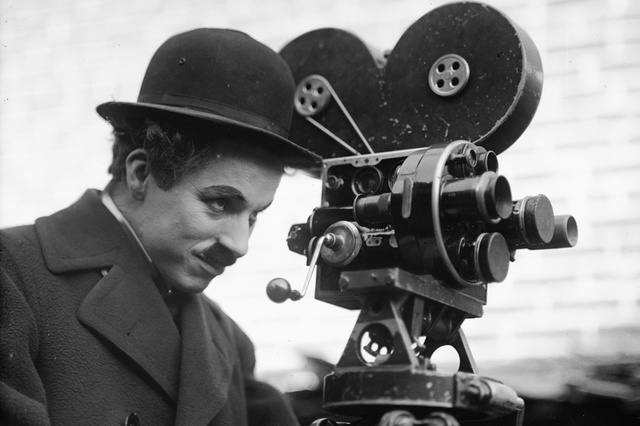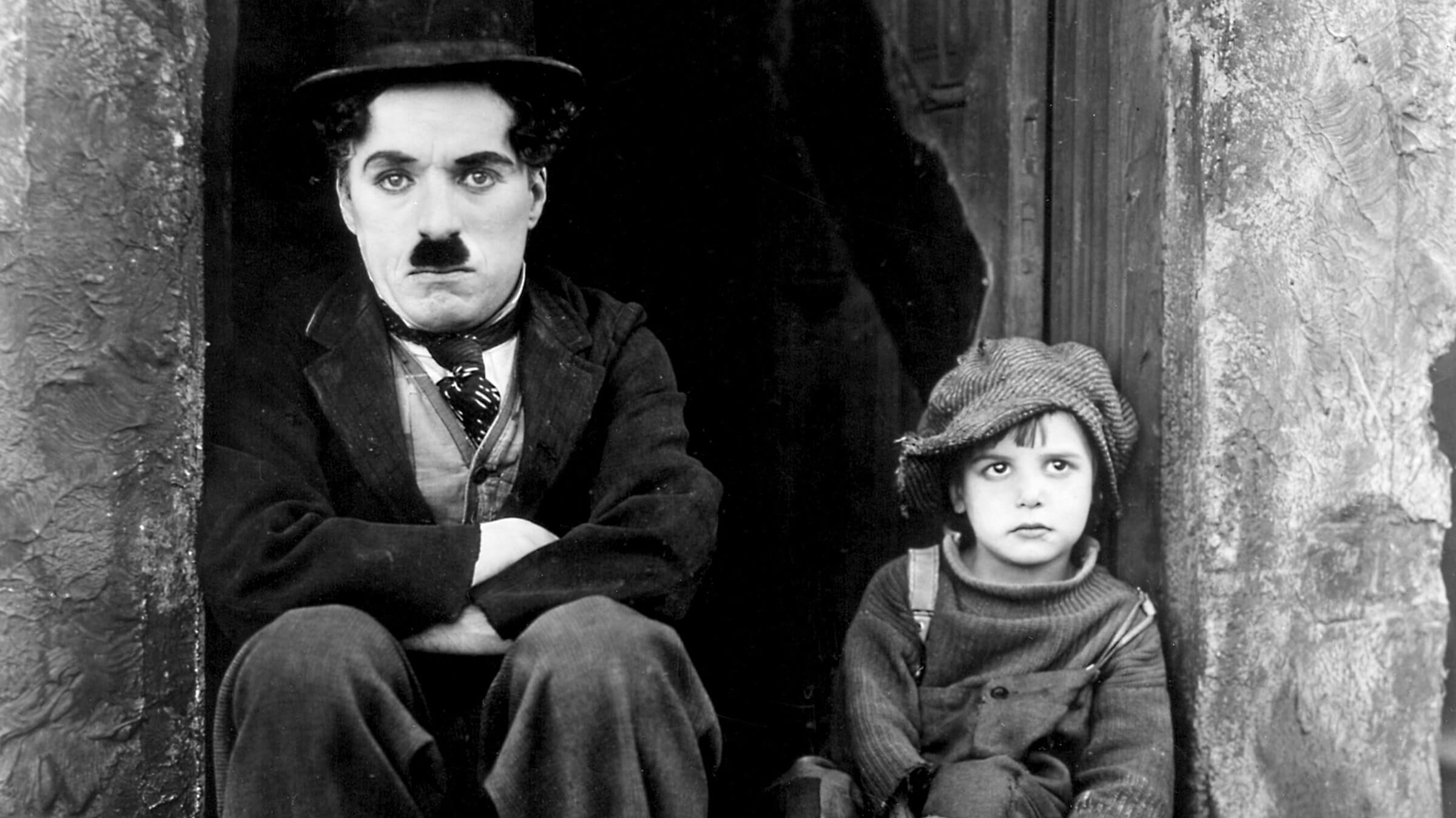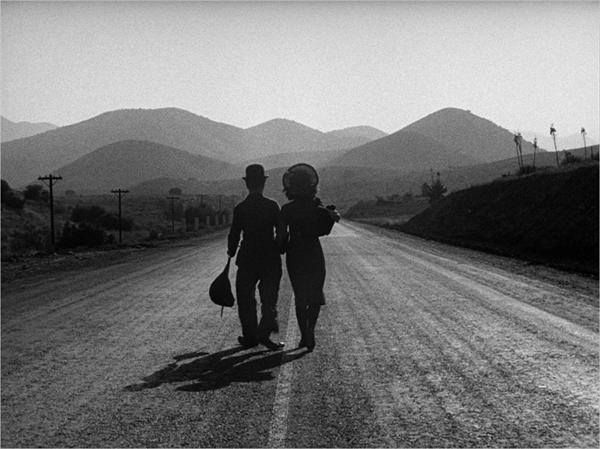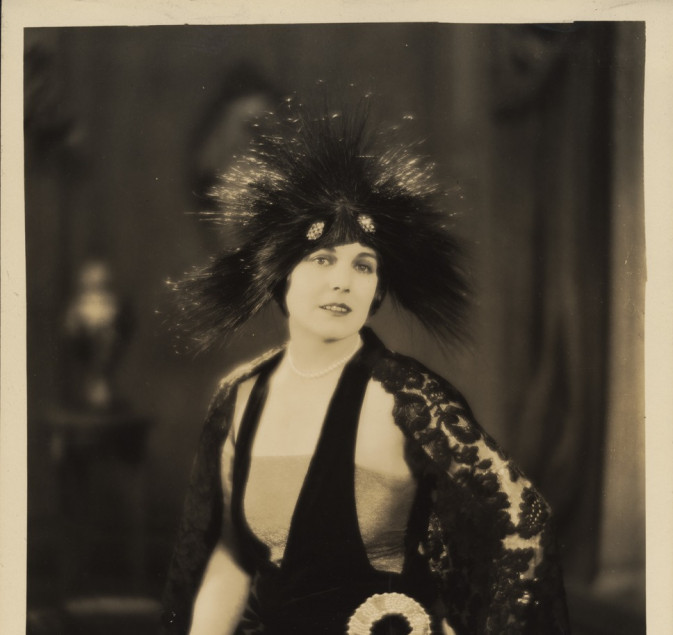“What a sad business, being funny.”
Goodbyes are always hard, especially in cinema. To close the door, to bring the tale full circle, to tie all of the threads sewn into the work into a satisfactory bow is no easy task. Because while the narrative implications of an ending are certainly important, the thematic implications of an ending are immeasurably more crucial.
Perhaps no single filmmaker’s body of work better illustrates this than the filmography of one Charlie Chaplin. Over the course of his career, as cinema came of age as a legitimate art form unto itself, Chaplin’s understanding of what an ending could be and do fundamentally evolved alongside the medium.

To better illustrate this point, let’s hone in on the key differences in how Chaplin approached the ending of his 1921 debut feature film, The Kid, and how he approached the ending of his sophomore 1923 film, A Woman of Paris.
While Chaplin’s work in short films had already introduced and endeared audiences to his trademark character of the “The Tramp,” The Kid dissected the character in a bold new fashion, as Chaplin utilized the feature to examine the relationship between poverty and happiness. Thus, The Kid presents The Tramp not as the hapless waiter or buffoon-of-a-family-man he had previously been seen as, but rather as a genuine and earnest portrait of poverty. Serving as a direct counterbalance to this is Edna Purviance’s character.
The film opens with Purviance’s character, an impoverished young woman, giving birth to her first child. Realizing she will be unable to provide a fit life for the baby, Purviance’s character leaves her child on the doorstep of a wealthy home in the hopes that it will be cared for. Through a series of mishaps, however, the titular kid winds up in the care of not a well-to-do family but instead The Tramp himself.

Over the course of the film, Purviance’s character climbs the ladder of social stratification, becoming a wealthy celebrity in the span of a few years. Yet, she remains unhappy, haunted by the memory of the infant son she gave up in hopes of giving him a better life. Conversely, The Tramp remains impoverished over these years and while his parenting may be a bit ethically questionable at times, he’s given Purviance’s child a truly happy and sound home. It is a film deeply tied to Chaplin’s own childhood as an impoverished youth, one that harkens back to the quote that Chaplin’s father told him as a boy of the imagination being “the greatest toy of all,” entirely about how financial success does not define one’s happiness.
So how does Chaplin end the film? Purviance’s character learns of the location of her son and all that The Tramp has done to care for him in the intervening years and welcomes both of them into her life of wealth and success with open arms, the final shot being of The Tramp entering the door to her mansion. It’s a sweet enough message: The Tramp does right by the child and is welcomed into the gates of Heaven, so to speak. But it fails to serve as a punctuation to the film’s thematic core. It isn’t incongruous to the film’s larger point, but it also isn’t in service of it.

Contrast this with the ending of Chaplin’s next feature film, A Woman of Paris. A much more overtly dramatic work, Paris tackles the same thematic idea of the relationship between happiness and financial status, yet it completely sheds the skin of Chaplin’s already-iconic Tramp. Instead, the auteur remains exclusively behind the camera.
Starring Edna Purviance, the film sees her once again making a rags-to-riches ascent over the course of the film. But whereas the particulars of Purviance’s character’s dissatisfaction with financial success were left largely unexplored in The Kid, Woman of Paris digs into the unpleasantries of this rise in stark detail.
On the road to success, she becomes entangled in an affair with a dastardly married man who sees her as little more than another object to own and pays little mind to any of her ambitions or desires. But after losing several friendships and even witnessing the suicide of her childhood sweetheart as a direct result of this pursuit of wealth, the film ends with Purviance’s character severing all ties with her fortune and, instead, moving out to the countryside to live a simple and impoverished life. The final shot of the film sees her and the married man passing each other at a literal crossroads, with the rich man as miserable as ever and Purviance’s character living a happy and fulfilled life of her own.

Considering Paris came out only two years after The Kid, there’s a staggering amount of growth visible in Chaplin’s work, and nowhere is this more apparent than in the endings. Whereas The Kid largely sidestepped its thematic thesis in favor of delivering an easily digestible happy ending, Paris instead embraces its themes wholeheartedly with the final shot being a perfect visual encapsulation of the work as a whole. The result is rapturously satisfying, with the ending serving to elevate the entire film.
A Woman of Paris was not a success upon release. It was then, and is often even now, viewed as an outlier to Chaplin’s prolific catalog. Yet, I would argue that Paris is one of the most crucial films in Chaplin’s filmography if only for the amount of growth and formal experimentation it afforded him alone. Working outside of the boundaries of the comedy genre and staying exclusively behind the camera allowed Chaplin to spread his wings as a visual storyteller like never before and the knowledge acquired here had an immeasurable impact on the entirety of the rest of his work. For Chaplin carried this newfound grace in capturing thematic weight and poignancy with him into his next works.
Films like The Gold Rush and City Lights may very well have seen the return of both Chaplin the actor and the character of The Tramp, but they also saw Chaplin steadfastly refusing to backpedal for even a moment, with the formal, meticulous, and thematically-drenched poetic visual craftsmanship that first came together on Paris becoming a defining part of his work. As he grew as a filmmaker across the decades, his gift for walking a tonal tightrope both in terms of how his films deftly balanced multiple genres and in terms of his endings only grew more impressive.
The ending to Modern Times, for example, sees The Tramp and his newfound lover, Paulette Goddard’s Ellen Peterson, walking off into the sunset in their final frame. It’s the go-to happy ending, one as old as time, right? Not exactly, at least not in Chaplin’s hands. The entirety of the film has seen The Tramp and Ellen struggling amidst the maze-like structure of industrialized society to find and keep jobs. Their lives are plagued with uncertainty, never even knowing where there next meal, bed, or home might be. And yet together, even amidst the void of the unknown, they are happy. This is why the final frame of Modern Times is so immensely powerful: it is both a happy and haunting ending for this story. They have exhausted all their options once again and are walking off into an uncertain future, seemingly doomed to a life of struggle and strife for eternity. And yet, they have found happiness and solace in that struggle together. It’s a truly unwieldy thematic thesis statement (that life can be and often is both happy and haunting by its very nature), the kind of complex seemingly paradoxical idea that scholars have written thousands-upon-thousands of words upon, and Chaplin pristinely encased it in a single frame of celluloid.

This may seem miraculous by average standards, but Chaplin’s standards were anything but average. City Lights, The Great Dictator, Monsieur Verdoux, Limelight; pretty much the entire back-half of Chaplin’s catalog all manage to stick-the-landing on similarly multi-faceted and complex thematic statements in equally astounding fashion.
I feel that one can, and should, draw a line directly between A Woman of Paris and these later masterpieces. Despite the negative reception it received from audiences at the time, Chaplin seemed to always know the truth about Paris: that it was an invaluable part of his identity as a cinematic storyteller. It allowed him to experiment with the form in unprecedented ways and grow as a filmmaker in ways that would go on to pay off immensely over the course of the next several decades.

With The Kid, Chaplin boldly charted his own course into feature filmmaking, integrating deeply personal and affecting themes into his comedic works and showing that the genre could be so much more. With A Woman of Paris, he focused almost exclusively on digging deeper into his characters and themes in a visual medium and crafted an astounding work of art whose poignant ending brought his narrative and thematic intentions into glorious harmony. It’s an undervalued crucial stepping stone in the history of both Chaplin’s artistic history and the history of cinema as a whole, without which the entire medium would be lesser.
Thankfully, we’ll always have Paris.